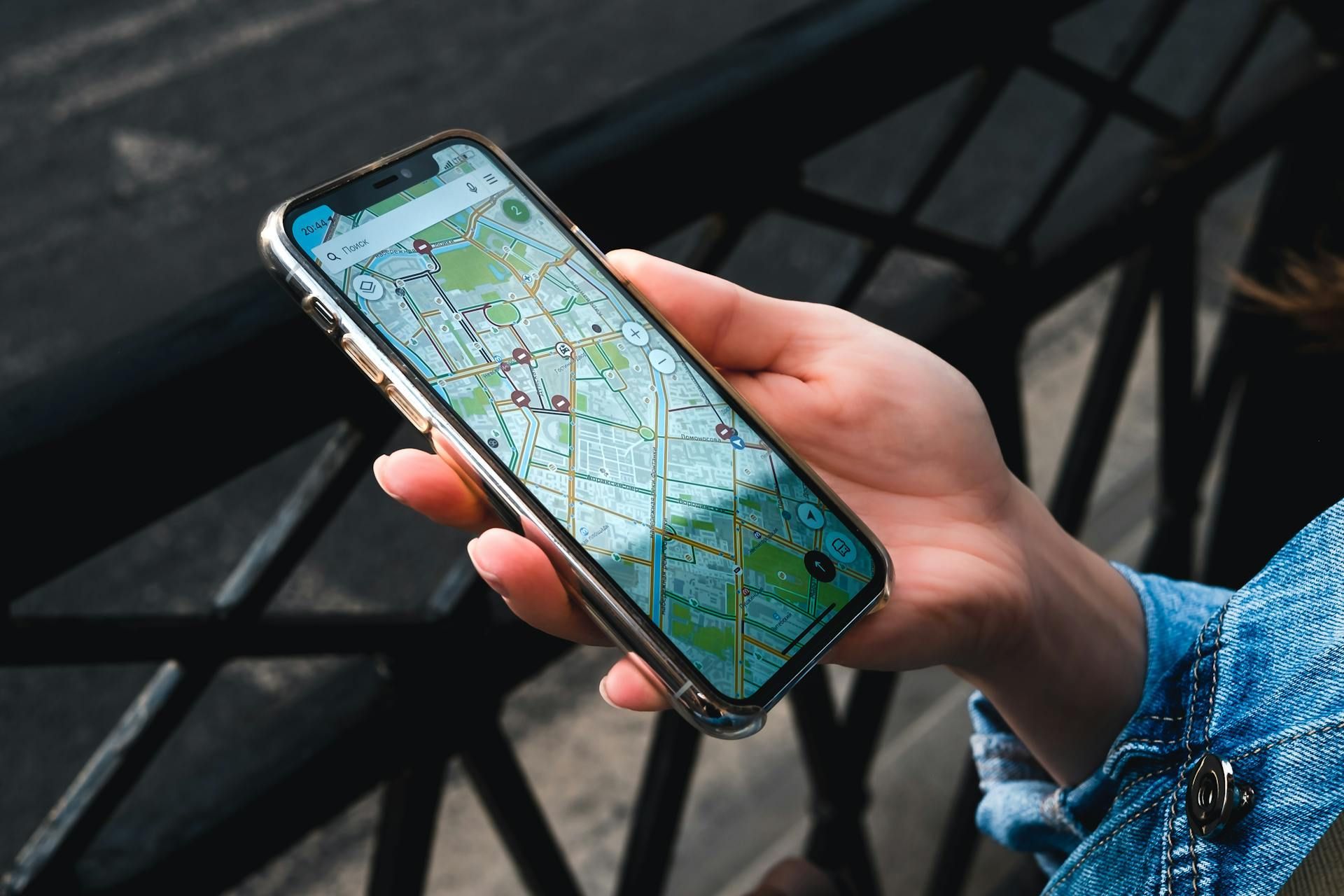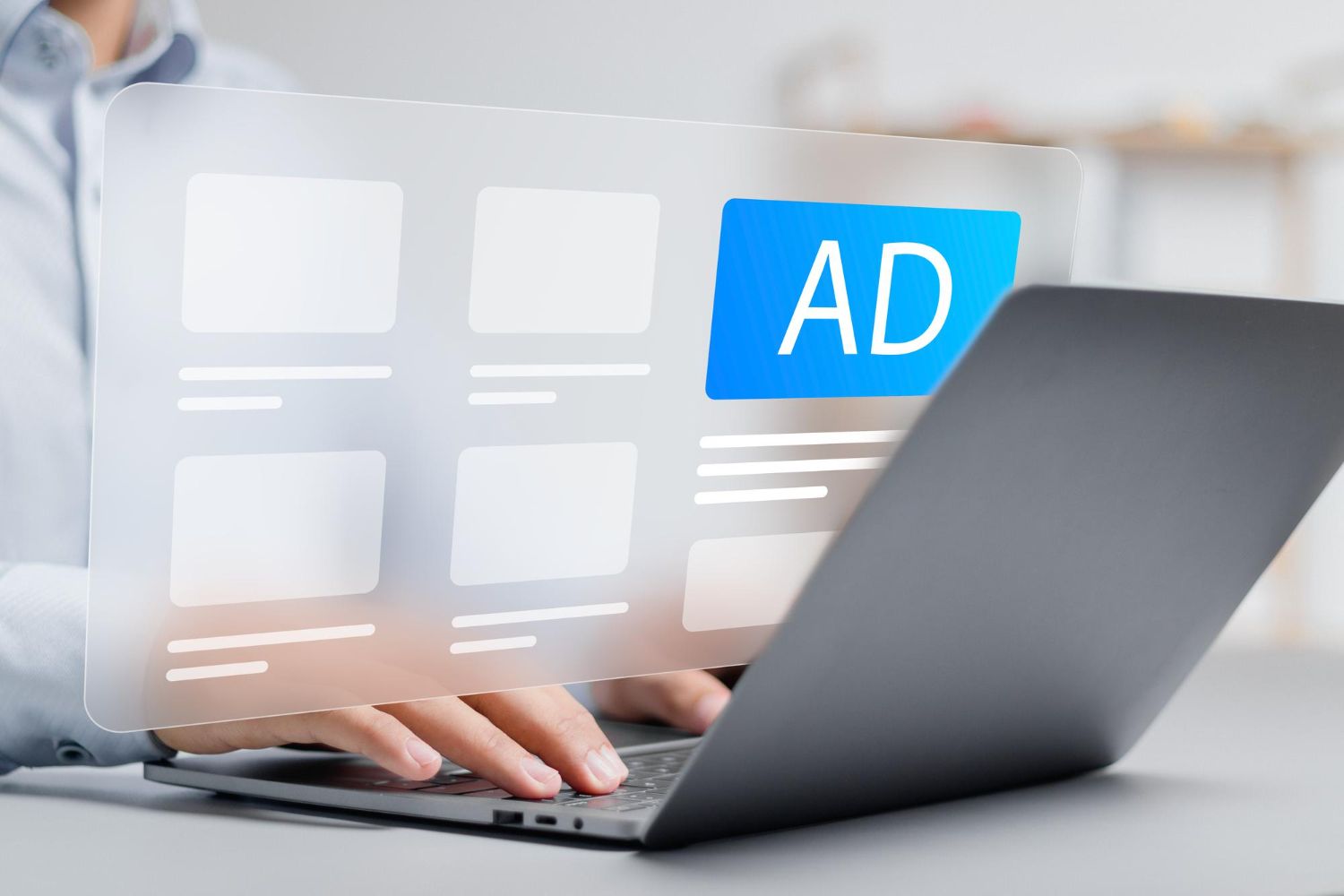Website Navigation Issues That Drive Customers Away
Imagine you're wandering through a vast bookstore. The shelves are tall and filled with countless books, but there's no clear signage or layout. You feel lost and a bit frustrated because what you're looking for seems impossible to find. This scenario isn't too different from a poorly navigated website, where users struggle to find the information they need. Smooth website navigation ensures that visitors can effortlessly explore and access content, ensuring a positive user experience.
Unfortunately, when navigation isn't up to par, potential customers often leave in search of a more user-friendly environment. Navigating through a menu maze with unclear pathways or dealing with painfully slow loading pages can drive any potential client away. Ensuring a simple, streamlined website experience is key to retaining visitors and encouraging them to engage with what you offer.
Confusing Menu Structures
An overly complex or crowded menu can be a significant hurdle for users trying to explore your website. When faced with numerous options or vague categories, visitors might feel overwhelmed. This confusion usually results in them leaving your site to find one that's more straightforward and easier to understand.
To avoid this pitfall, think about how you can simplify your website's menu. Here are some tips:
- Use clear and simple language for menu titles. Avoid industry jargon that a layman might not understand.
- Limit the number of main categories. Stick to essential sections that effectively direct users to the necessary information.
- Group related items under a unified category to avoid clutter. This helps streamline navigation.
- Consider using a drop-down menu to organize subcategories neatly, making them visible without crowding the main navigation bar.
Lack of Mobile Optimization
With so many people using smartphones to access the internet, having a mobile-friendly website isn’t just a perk; it's a necessity. A site that looks great on a desktop might become inconvenient on a smaller screen. Pinch-to-zoom actions or horizontal scrolling can lead to frustration and ultimately cause users to leave.
To make sure your website is user-friendly on mobile devices, keep these points in mind:
- Optimize the layout so that it adjusts seamlessly to different screen sizes, ensuring text and images remain clear and accessible.
- Streamline menus for mobile use, making it easier for users to tap links without accidentally hitting the wrong item.
- Test scrolling and navigation on various smartphones and tablets to ensure everything works smoothly.
- Use responsive design techniques to allow your website to automatically adjust its format depending on the device being used.
By focusing on clarity and simplicity for both desktop and mobile navigation, you can significantly enhance the user experience, encouraging visitors to stay longer and engage with your content.
Slow Loading Times
Nothing turns visitors away quicker than staring at a wheel of doom, waiting for a page to load. Slow loading websites are often abandoned because impatience can lead users to search for faster alternatives. A website that's sluggish can create a negative first impression and frustrate visitors right from the start.
To speed up your site and provide a more enjoyable experience, consider these strategies:
- Optimize Images: Large images can slow down a site considerably. Compress images to reduce their size without losing quality.
- Use a Reliable Hosting Service: Choosing a faster, more reliable hosting service can greatly improve load times.
- Enable Browser Caching: This allows previously loaded resources to be stored for quicker access in future visits.
- Minimize Code: Combining CSS files or reducing JavaScript can clean up unnecessary data, leading to quicker loading speeds.
Ensuring your website loads swiftly can captivate users' attention from the start and inspire them to stay longer.
Hidden Contact Information
Picture yourself searching for a phone number or email address on a website, only to find it nearly impossible to locate. Accessible contact information is key if you want people to reach out or inquire about your products or services. If users can't quickly find a way to contact you, they might assume you don't prioritize communication and could choose a competitor who does.
Here are some tips to ensure your contact details are easy to find:
- Place contact information in the footer on every page so it's always within reach.
- Include a dedicated "Contact Us" page with multiple ways to get in touch, like a form, email, and phone number.
- List your contact details at the top of the homepage to make them immediately visible.
Having clearly displayed contact avenues ensures users feel welcomed and assured they can reach you when needed.
Call-to-Actions That Are Hard to Find
Call-to-actions (CTAs) act like a gentle nudge, guiding visitors toward taking specific actions, such as signing up for a newsletter or making a purchase. If these prompts blend into the background or seem hidden, their effectiveness plummets. Effective CTAs stand out and motivate action without appearing forceful.
When designing your CTAs, keep these pointers in mind:
- Use contrasting colors to make your CTAs noticeable against the rest of the site.
- Position CTAs prominently, like at the top of pages and at the end of content sections.
- Craft direct yet inviting copy that clearly communicates the action you want users to take.
A well-placed CTA that leaps off the page can significantly boost engagement and conversion rates.
Creating Seamless Website Navigation for Engaged and Loyal Visitors
A well-navigated website helps forge a seamless path for visitors, keeping them engaged and encouraging them to explore further. From simplifying menus to optimizing pages for mobile use, from speedy load times to accessible contact options, and finally crafting impactful CTAs, all elements contribute to a cohesive user experience.
Design a site that's intuitive and user-friendly, allows visitors to find what they need easily, and makes them feel valued. This approach not only enhances user satisfaction but also helps maintain their interest and loyalty. When visitors can navigate effortlessly, they're far more likely to stay, explore, and ultimately convert into satisfied customers.
Creating an engaging website isn't just about aesthetics; it's about ensuring visitors have an effortless experience from start to finish. If you're looking for assistance in designing a seamless and effective site, explore how a
local web design company can bring your vision to life. Sculpt Marketing & Consulting is here to support your journey in crafting a platform that not only looks great but also functions flawlessly to keep your visitors coming back for more.










